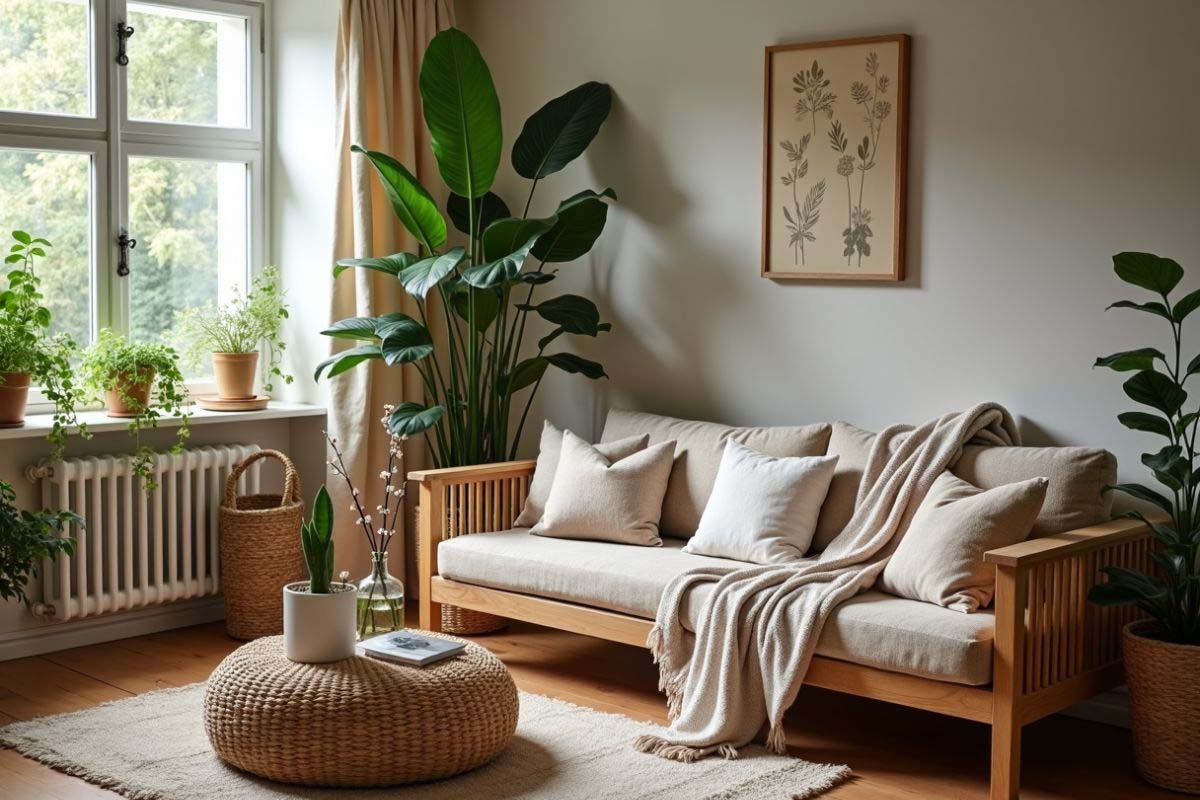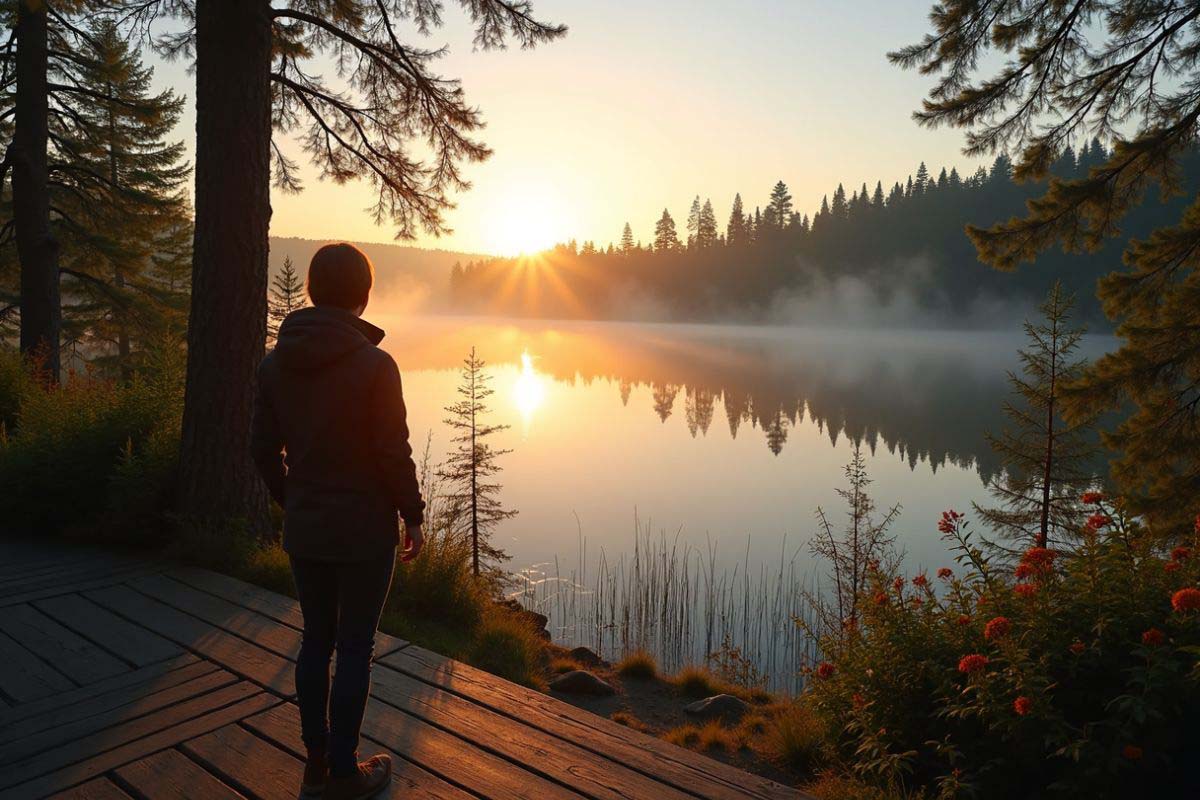In our increasingly fast-paced world, the concept of slow living offers a refreshing alternative. It is a deliberate choice to embrace a lifestyle that prioritizes quality over quantity, encouraging us to savor each moment and find joy in the simple things. Let's delve into the art of slow living, exploring its essence and benefits in 2025.
Understanding Slow Living

Definition of Slow Living
Slow living is more than just a trend; it's an intentional lifestyle movement. It is about choosing to deliberately decrease the unnecessary rush and grind in daily life. This involves opting for a slower pace, finding joy in simple activities, and being attentive of how we spend our time. The core of slow living lies in adopting a thoughtful mindset and a commitment to creating a meaningful existence. Slow living in 2025 is about finding harmony.
Benefits of Embracing Slow Living
The benefits of adopting slow living are vast and encompass various aspects of wellbeing. It is a form of self-care that promotes a deeper connection with oneself, fostering clarity and lessening unnecessary stress. By purposely slowing down, individuals can nurture their mental and physical health, paving the way for a more productive and fulfilling life. Slow living in 2025 will encourage time in nature and spending time outside.
The Shift Towards a Slower Lifestyle
The shift towards a slower lifestyle is fueled by a growing awareness of the downsides of a fast-paced society. This movement is motivated by factors like:
- Increasing burnout and a desire to reconnect with oneself and one's surroundings.
- Environmental consciousness and a desire for sustainability.
More and more people are opting for artisan goods, home-baked goods, and consciously consuming less fast fashion, taking environmental responsibility and building a solid foundation for a more sustainable way of life.
Creating Intentional Routines

Developing Mindful Daily Routines
Developing conscious daily routines is a cornerstone of the slow living movement, especially as we move through 2025. This isn't just about structuring your day, but about consciously weaving moments of quiet and enjoyment into the fabric of daily life. Instead of dashing through the morning, taking the time to savor a cup of hot tea, engage in journaling, or simply breathe deeply can set a more conscious pace for the entire day. It is a habit that will nurture your mindset.
Habits for Embracing Slow Living
To truly welcome slow living in 2025, it's essential to cultivate habits that counteract the hustle and urgency of our fast-paced world. Consider incorporating activities that reconnect you with your surroundings and foster a sense of calm. Some examples include:
- Spending time in nature
- Gardening
- Pursuing a beloved hobby
Opt for sustainable practices, like baking your own bread or supporting local artisan producers. These intentional choices contribute to a more meaningful and fulfilling lifestyle. The slow living trend will continue to evolve.
Minimizing the Grind: Finding Balance
One of the primary goals of slow living is to decrease the daily grind and find a healthier balance between work, leisure, and self-care. This involves several key shifts in perspective and behavior, including:
- Setting boundaries to protect your time and energy, and intentionally choosing to do less.
- Prioritizing activities that bring you joy and resisting the temptation to constantly consume.
Slow living in 2025 encourages individuals to prioritize wellbeing and find harmony in all aspects of life, building a solid foundation for a more sustainable existence. It’s about taking environmental responsibility.
Incorporating Mindfulness into Daily Life

Mindful Practices for a Cozy Home
Creating a cozy home environment is essential for accepting slow living. This goes beyond mere decoration; it's about curating a space that nurtures wellbeing and invites joy and quiet>. In 2025, this means incorporating natural elements, decluttering to curtail unnecessary stress, and choosing sustainable materials. Taking the time to create a thoughtful, comforting space is an intentional act of self-care.
Choosing Sustainable Activities
To further accept slow living in 2025, it’s important to choose sustainable activities that align with your values. Instead of consume fast fashion, try sewing your own clothes. Consider gardening, baking, or supporting local artisan producers. Such activities not only reconnect you with the environment but also contribute to environmental consciousness and sustainability. They help reduce the sprint and hustle and let you savor> each moment.
Slowing Down in a Fast-Paced World
In today's fast-paced world, slowing down requires conscious effort and intention>. It means resisting the urgency to constantly consume and do more. Practice saying no to unnecessary commitments and prioritize> activities that bring you joy. Taking the to breathe, walk in nature, or enjoy a meal without distractions can bring you closer to slow living.
The Future of Slow Living in 2025

Trends in Slow Living
As we move through 2025, several key trends will shape the future of slow living. A growing emphasis on digital minimalism, with individuals intentionally reducing their screen time and disconnecting from the constant stream of information, will be a key trend. Environmental will also shift towards a slower lifestyle. Slow living is about self-help, finding .
How to Choose a Slower Lifestyle
To choose a slower lifestyle, start by identifying areas in your daily life where you feel hastened or stressed. Then, make small, intentional changes to reduce the rush. For example, wake up 30 minutes earlier to allow for a more relaxed morning routine. Prioritize> experiences over material possessions, and cultivate habits that nurture your wellbeing. To adopt a simpler, more meaningful existence can nurture> your mindset.
Embracing Change: The Evolving Definition of Slow Living
The definition of slow living continues to evolve as society changes. In 2025, it's not just about slowing down but about adapting to a changing world with intention and attentive awareness. It's about finding harmony in a digital age, accepting technology while prioritizing real-life connections and environmental . The shift is towards a more integrated and adaptable approach to slow living, one that continues to encourage> personal growth and sustainable living.




















